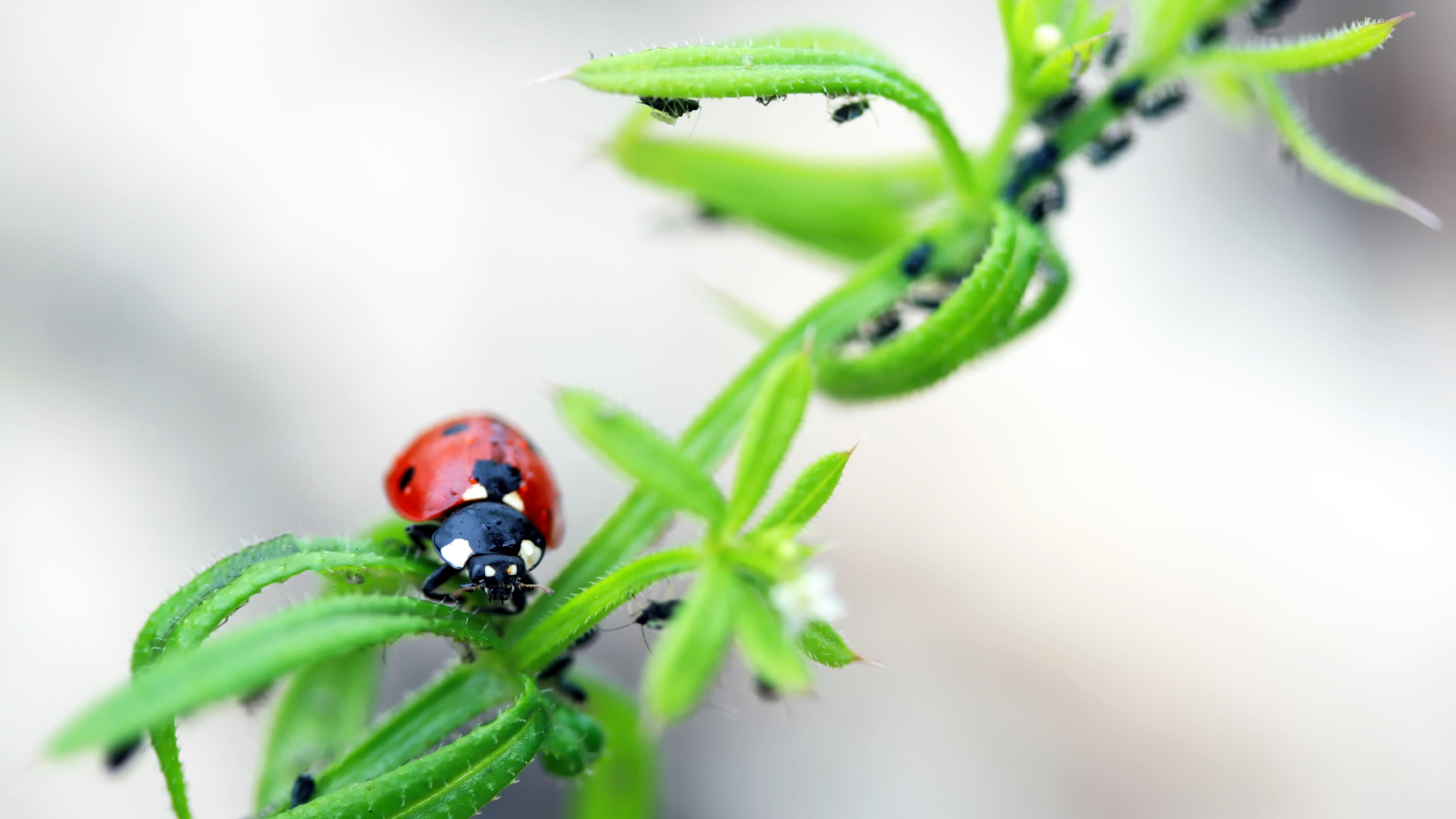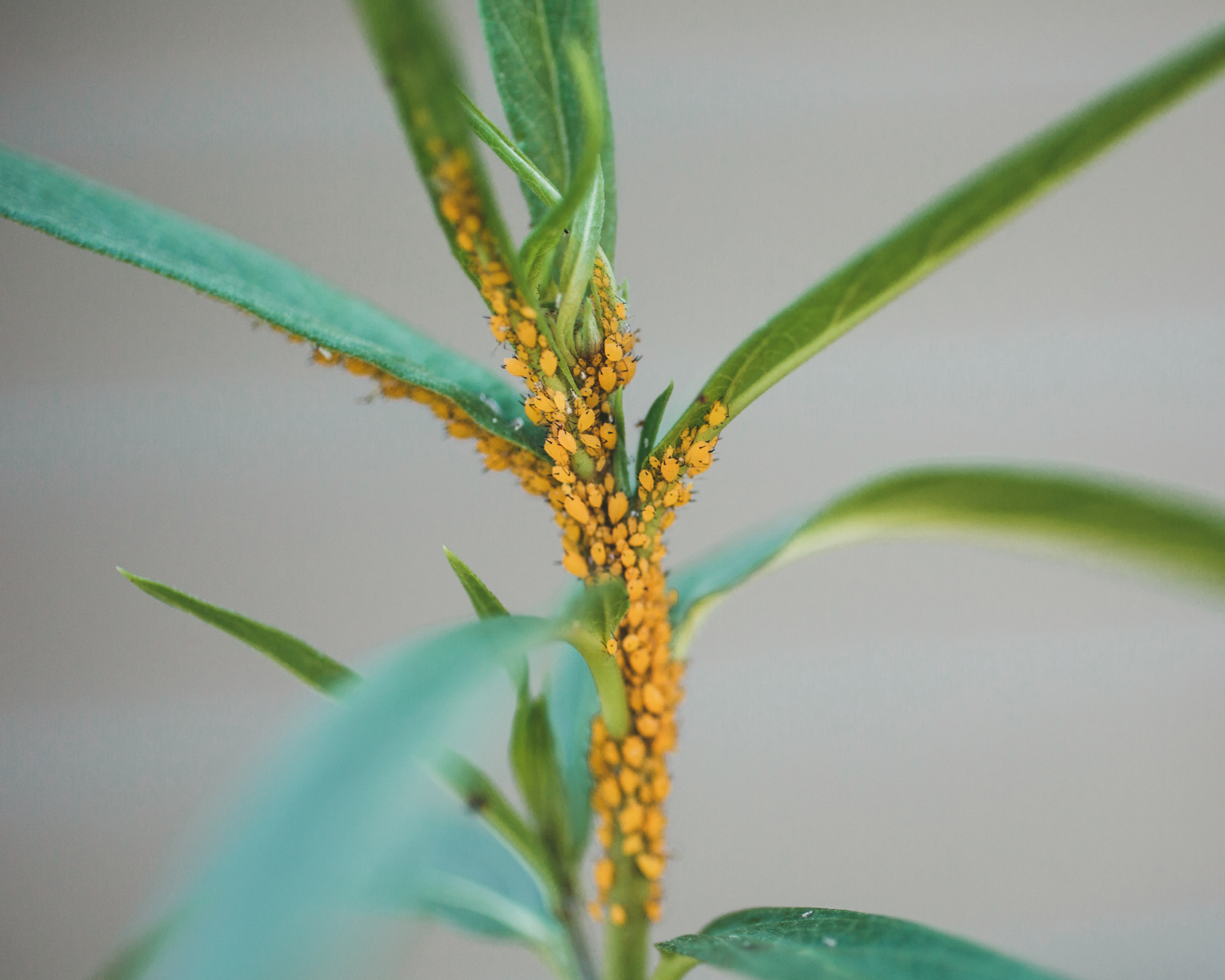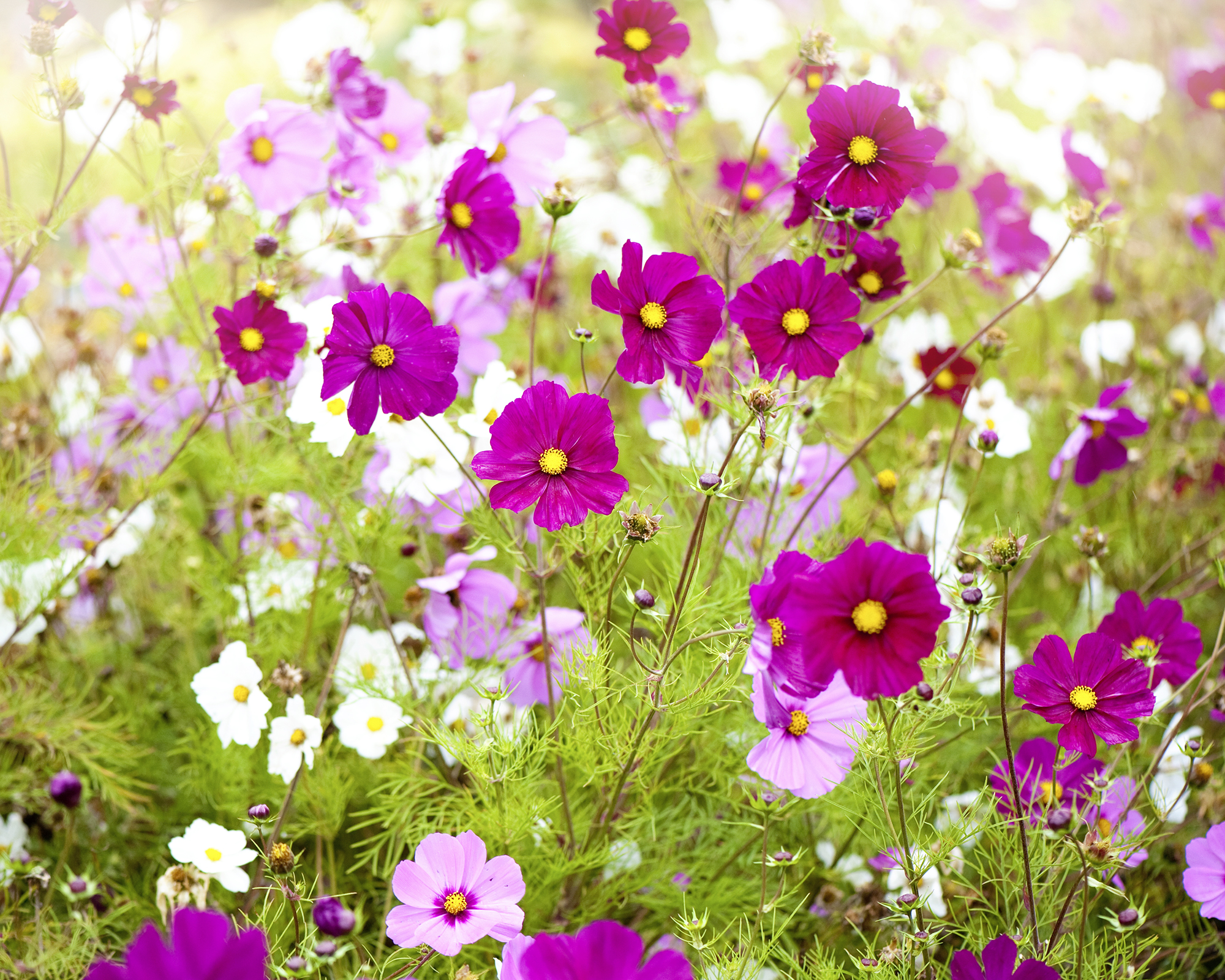What Eats Aphids? How To Attract Beneficial Bugs To Help Control Aphid Population
Aphids cause major damage to your plants and pesticides can help, but is there a better alternative? Find out what eats aphids and how to attract these bugs.


Aphids are very small insects, also known as plant lice. They are a common pest I the garden where they feed on plants by piercing them and sucking out the juices. Small amounts of aphids are not very damaging.
However, heavy infestations can cause significant plant damage. There are several ways to kill aphids naturally, but knowing what beneficial insects eat aphids is one of the most eco-friendly strategies.
About Aphids and What Eats Aphids

There are hundreds of species of aphids and some plants naturally repel aphids, but aphid infestations can become a big problem for plants that are susceptible. Some of species of aphids feed on just one type of plant, while others are more opportunistic and might feed on any number of plants in the garden.
Aphids are mostly green or black but can be other colors. They are only about a tenth of an inch (0.25 cm) long. You’ll most often notice these tiny insects because they tend to feed in large groups on new plant growth.
Aphids overwinter on plants as fertilized eggs. They hatch as nymphs and develop into flightless females that remain on the plant to feed. Some of the damage caused by big aphid infestations include wilting and curling leaves, stunted growth, delay in flower and fruit production, and overall poor growth. The honeydew aphids produce can also cause issues by encouraging fungal growth.
Aphids help some types of ants because the ants feed on the honeydew produced by aphids. These ants actually protect the aphids. On the other hand, many insects eat aphids. These beneficial predator insects provide a useful aphid control method for gardeners.
Aphid Predators – What Insects Eat Aphids?

Knowing what bugs eat aphids can help you control their populations to a level that doesn’t cause significant plant damage.
Sign up for the Gardening Know How newsletter today and receive a free copy of our e-book "How to Grow Delicious Tomatoes".
- Ladybugs - Ladybugs, or ladybeetles, are easy to recognize. The larvae and adults of the species feed on aphids. One individual can eat thousands of aphids during their lifetime. Several species are native throughout the U.S.
- Hoverflies - Also known as flower flies, these insects are named for the fact that they tend to be found hovering around flowers. You can use plants that attract hoverflies to increase their population. They feed on nectar, but their larvae eat aphids. In fact, the adults will often lay eggs near aphid infestations. The flies can be mistaken for bees or wasps, but they differ in that they only have two wings.
- Midges - Aphid midges are flies, whose larvae prey on soft-bodied insects like aphids. The larvae are very small and yellow or orange in color. They pierce and then suck the insides of the aphids to feed.
- Green Lacewings - Green lacewings are named for their delicate-looking, lacy wings. The adults lay eggs on plants and the larvae, once hatched, crawl on the plants seeking prey, primarily aphids.
- Minute Pirate Bugs - These very small true bugs are hard to see but are voracious predators. Minute pirate bugs are generalist predators, but feed on aphids in both the nymph and adult stages. If you use a magnifying glass, you’ll notice that these bugs are easily identifiable by white and black coloring with an X pattern.
How To Attract Aphid Predators

You can find many predator species for sale. The idea is to release them in your garden. This strategy can be hit or miss. A better way to get long-term control of aphids is to attract predators to your garden.
There are many native species that prey on aphids, so one of the best ways you can attract them to the garden is by using native plants. Choose a diversity of trees, native shrubs, perennials, and native ornamental grasses to attract more insects. You can also select specific plants for specific predators. Dill and fennel attract hoverflies, for example. Cosmos flowers attract lacewings. The 'Cupcakes and Saucers' cosmos seeds in the Gardening Know How Shop are a particularly beautiful addition to a pollinator garden and will attract those beneficial lacewings.
Another important way to attract and keep predator insects is to avoid using harmful pesticides. If you need to use pesticides occasionally to manage serious infestations, choose those that leave little residue. Good choices include botanical oils like neem oil and insecticidal soaps.
Frequently Asked Questions
How Do I Get Rid of Aphids Permanently?
Getting rid of any type of insects permanently isn’t necessarily realistic. However, you can manage them adequately by using multiple strategies: attracting predatory insects, spraying them off plants with water, and using products like neem oil or insecticidal soap.
What Do Aphids Hate the Most?
Aphids dislike plants with strong aromas, so growing these near other plants can help deter them. Use different varieties of onion, garlic, and strong-smelling herbs like lavender.
This article features products available from third-party vendors in the Gardening Know How Shop.

Mary Ellen Ellis has been gardening for over 20 years. With degrees in Chemistry and Biology, Mary Ellen's specialties are flowers, native plants, and herbs.